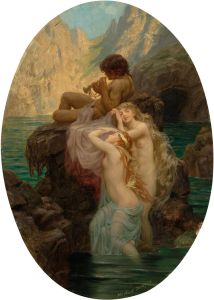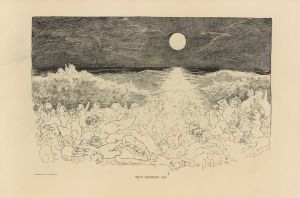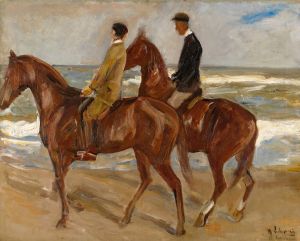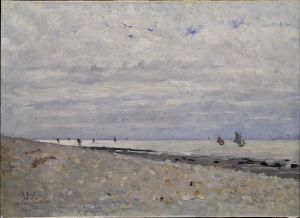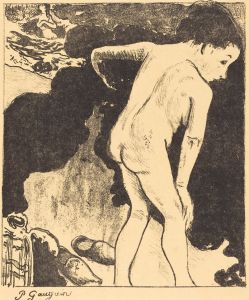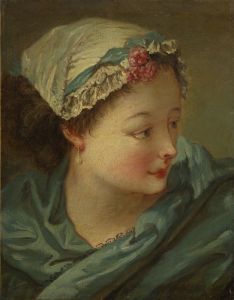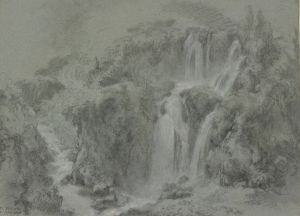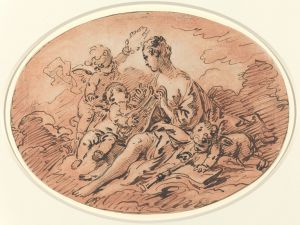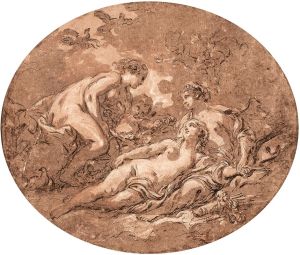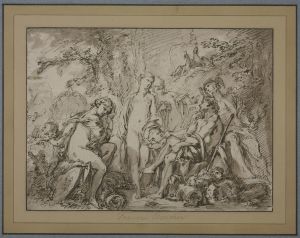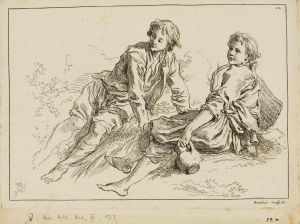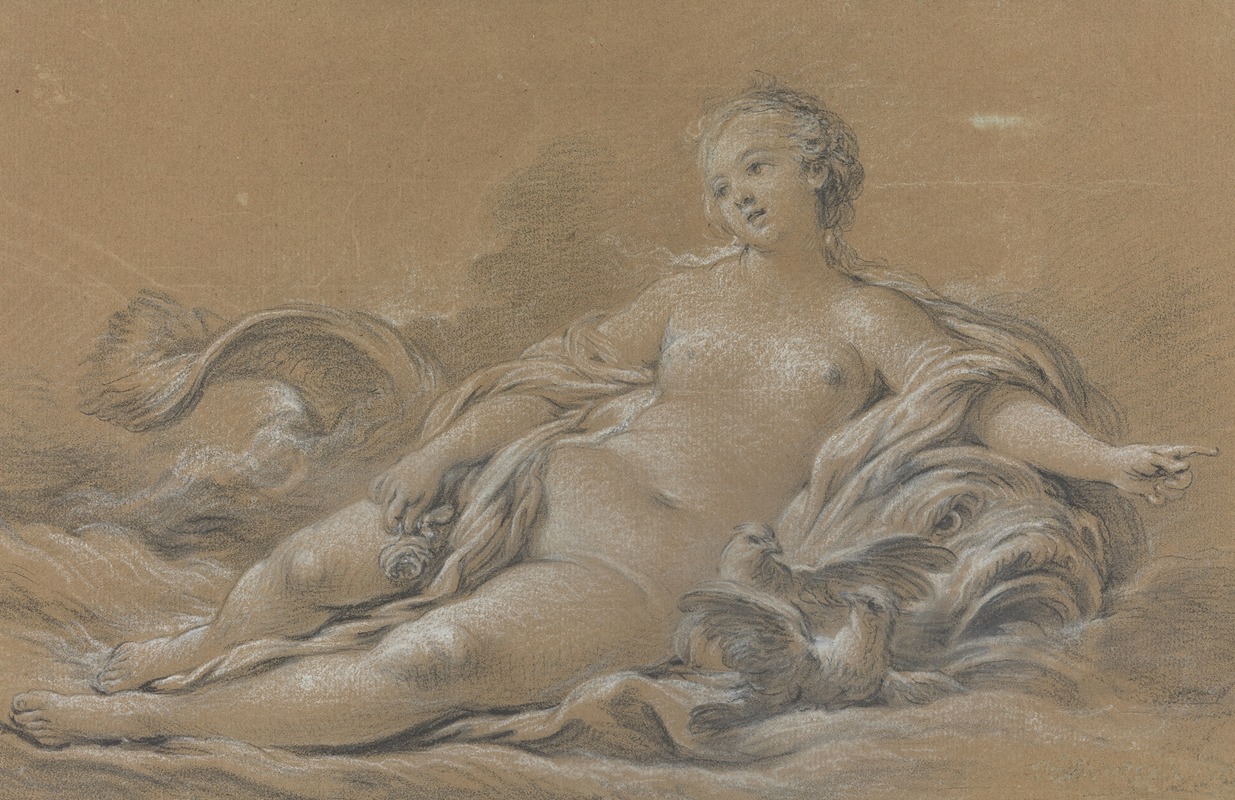
Venus Reclining on a Dolphin
A hand-painted replica of François Boucher’s masterpiece Venus Reclining on a Dolphin, meticulously crafted by professional artists to capture the true essence of the original. Each piece is created with museum-quality canvas and rare mineral pigments, carefully painted by experienced artists with delicate brushstrokes and rich, layered colors to perfectly recreate the texture of the original artwork. Unlike machine-printed reproductions, this hand-painted version brings the painting to life, infused with the artist’s emotions and skill in every stroke. Whether for personal collection or home decoration, it instantly elevates the artistic atmosphere of any space.
François Boucher's Venus Reclining on a Dolphin is a painting attributed to the celebrated French Rococo artist François Boucher (1703–1770). Boucher was renowned for his mastery in creating works that epitomized the Rococo style, characterized by its lightness, elegance, and playful themes. His oeuvre often included mythological and allegorical subjects, with a particular focus on the goddess Venus, a recurring figure in his art.
The painting depicts Venus, the Roman goddess of love and beauty, reclining gracefully on a dolphin. This imagery is rooted in classical mythology, where Venus is often associated with the sea and marine creatures, symbolizing her birth from the ocean. The dolphin, a creature frequently linked to Venus in art and literature, serves as a symbol of love and guidance. In this work, Boucher captures the sensuality and charm typical of Rococo art, emphasizing soft, flowing lines and a pastel color palette.
Boucher's treatment of Venus in this painting aligns with his broader artistic approach, which often celebrated the idealized female form. His works were highly sought after by patrons of the French court, including Madame de Pompadour, the influential mistress of King Louis XV and a significant supporter of the arts. While specific details about the commission or provenance of Venus Reclining on a Dolphin are not widely documented, it is consistent with Boucher's thematic and stylistic preferences during his career.
The painting showcases Boucher's skill in rendering textures, such as the smoothness of Venus's skin and the dynamic movement of the dolphin. The composition is both intimate and theatrical, inviting viewers to admire the goddess's beauty while appreciating the playful interaction between the figures. The use of light and shadow enhances the three-dimensionality of the forms, a hallmark of Boucher's technical expertise.
As with many of Boucher's works, Venus Reclining on a Dolphin reflects the cultural and artistic values of 18th-century France, where themes of love, beauty, and mythology were celebrated in both visual and decorative arts. The painting remains an example of Boucher's ability to blend classical themes with the Rococo aesthetic, creating works that continue to captivate audiences.
Further details about the painting's current location, dimensions, or specific historical context are not readily available in existing records.





